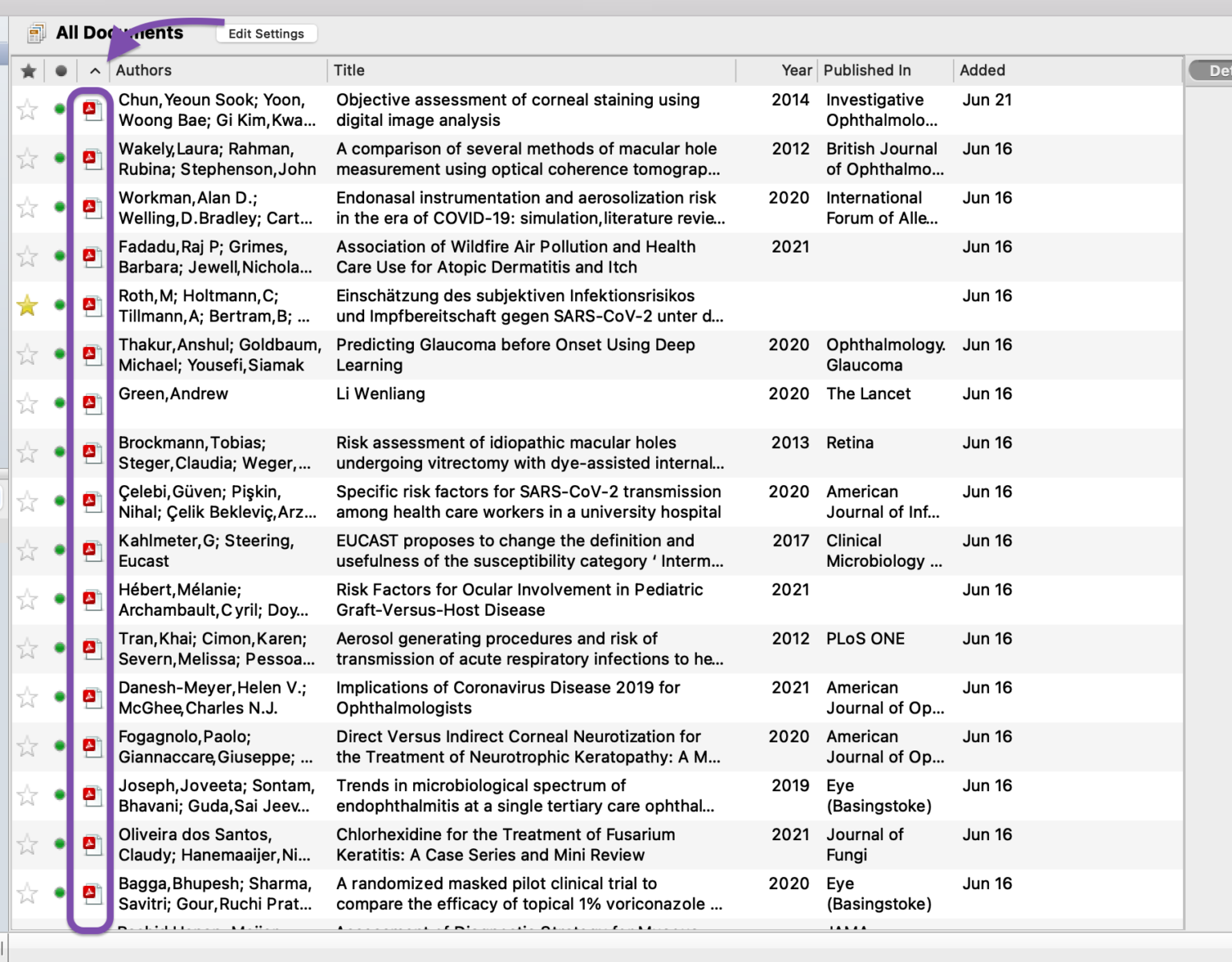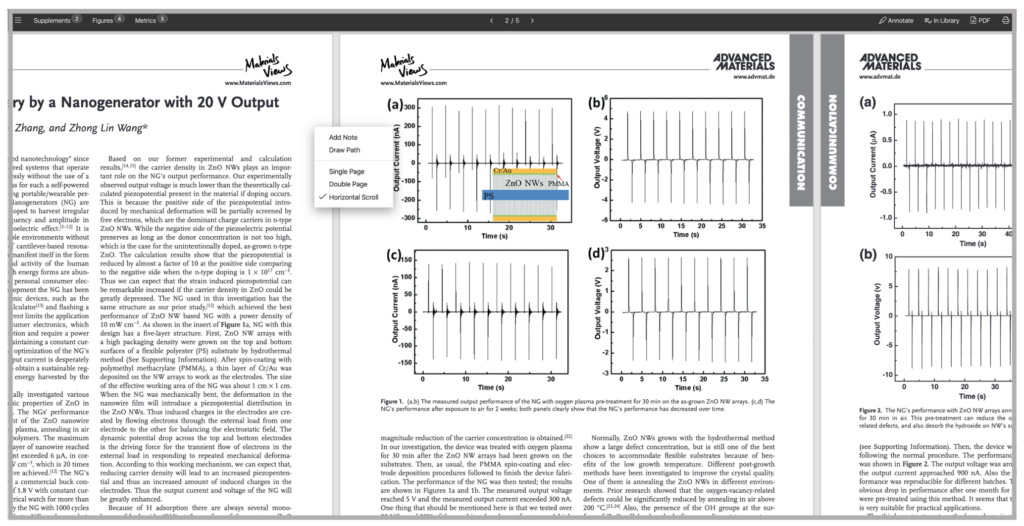

- Copy from one readcube papers to another pdf#
- Copy from one readcube papers to another update#
- Copy from one readcube papers to another software#
- Copy from one readcube papers to another download#
If in the future I decide to use another reference management software (or discontinue using reference managers at all) I will still have access to all my files neatly named and arranged.Īll this seems to be gone in Papers 3, at least in the current beta version. When the document receives its proper bibliographic information, Papers 2 names and stores it in accordance with the Library Preferences which I set as follows:.In other cases, I enter the bibliographic data (most importantly author, year, and title) manually. If the imported document has a DOI (as most scientific articles), Papers automatically matches it with an online database such as Google Scholar or Web of Science and assigns all bibliographic information (author, year, title, journal, etc.).(Alternatively, Papers can automatically import all files added to a particular folder). The document is then automatically imported into Papers using a Hazel rule triggered by a tag (“papers” in my case).

Copy from one readcube papers to another download#
a scientific article) attached to an email or download such a document from the Internet, I tag it (Mavericks, the next version of OS X, has built-in tagging compatible with OpenMeta) This is how I manage reference files using Papers 2:
Copy from one readcube papers to another pdf#
The user has high degree of control over how PDF documents are named and stored in Papers 2. One of the great features of Papers 2 (and its main competitor Sente) is its logical and accessible handling of files. However, I also have a major concern, so serious that it may force me to stay with Papers 2 or switch to another reference management software. Nevertheless, I have gradually started to appreciate the smoothness of its many features, such as search for new references, editing authors, assigning keywords and collections, and annotating by underlining text. Papers 3 has an entirely new user interface which takes some time to get used to.
Copy from one readcube papers to another update#
I have started trying the beta-version of Papers 3, an update of Papers 2, my favorite citation, bibliography and pdf management app. Future work should focus on generalizing the segmentation model for different types of amputations and imaging conditions.File management in Papers 3 has improved.įollow further developments in Papers app on Macademic. These results are important because segmentation with DL makes photogrammetry for limb scanning feasible on a large clinical scale. The Mean Absolute Error (MAE) of models rendered from images segmented with DL was 0.57 mm ± 0.63 mm when compared to models rendered from ground truth images.

To answer the second question, the fine-tuned DL model was applied to a dataset of 22 scans comprising 6312 limb images, then 3D models were rendered utilizing Agisoft Metashape. After training, the model was able to successfully identify and segment limb images with an IoU of 79.9\%. Based on those limitations, this work sought to answer two main research questions: (1) Can a neural network be trained to identify and segment an amputated limb automatically? (2) Will segmenting 2D limb images using neural networks impact the accuracy of 3D models generated via photogrammetry? To answer the first question, transfer learning was applied to a neural network with the DeepLabv3 architecture. Previous research identified image segmentation as one of the main limitations of using photogrammetry for limb scanning. Combining these two technologies can expand the scope of prosthetic telemedicine by facilitating low-cost limb scanning using cell phones. In this paper, we explore the use of deep learning (DL) in conjunction with photogrammetry for scanning amputated limbs.


 0 kommentar(er)
0 kommentar(er)
